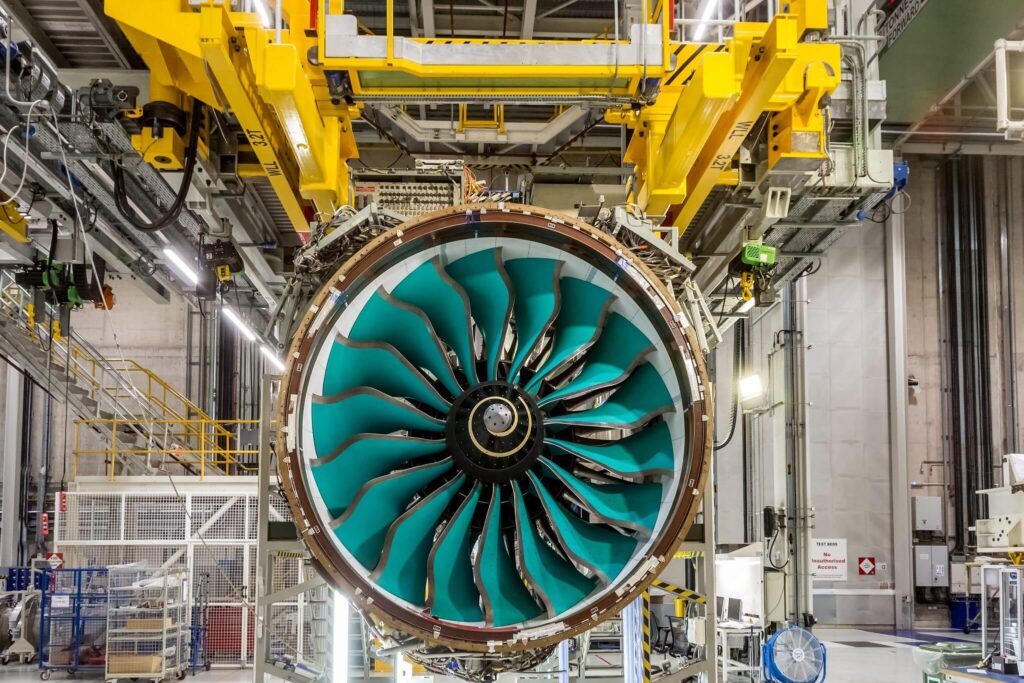Rolls-Royce, the British engineering giant, started building the UltraFan, the largest aero engine in the world.
Rolls-Royce announced that the company started building the UltraFan demonstrator at its DemoWorks facility in Derby, the United Kingdom. “Significant investment has been made to develop the UltraFan demonstrator and associated technologies by Rolls-Royce and a variety of funding agencies, including the Aerospace Technology Institute and Innovate UK, LuFo and Clean Sky Joint Undertaking,” read the announcement by the company.
“This is an exciting moment for all of us at Rolls-Royce. Our first engine demonstrator, UF001, is now coming together and I’m really looking forward to seeing it built and ready for the test,” commented Chris Cholerton, the President of Rolls-Royce.
“It is arriving at a time when the world is seeking ever more sustainable ways to travel in a post-COVID 19 world, and it makes me and all our team very proud to know we are part of the solution,” Cholerton continued.

Photo credits: Rolls-Royce, Flickr
The manufacturer expects that the first module of the world’s biggest aero engine, which has a fan diameter of 140 inches, would be completed by the end of the year and would help redefine the future of sustainable air travel. Rolls-Royce indicated that the key engineering features of the UltraFan include a new Advance 3 core architecture, combined with its ALECSys lean-burn combustion system, which will allow delivering maximum fuel burn efficiency and low emissions.
Besides, the manufacturer is focused on a geared design that should deliver efficient power for the high-thrust and high bypass ratio engines of the future. The carbon titanium fan blades and a composite casing were also something that Rolls-Royce has been looking at while developing the UltraFan. The fan blades, made out of carbon titanium and a composite casing allowed the manufacturer to reduce the weight of the engine by up to 680 kilograms (1,500 pounds). Meanwhile, advanced ceramic matrix composite (CMC) components are expected to operate more effectively in high-pressure turbine temperatures.
The potential new family of UltraFan engines is expected to power both narrow-body and wide-body aircraft and deliver a 25% fuel efficiency improvement in comparison to the first generation of the Trent engine family.
“That performance improvement is crucial to achieving aviation sustainability. Gas turbines will continue to be the bedrock of long-haul aviation for many years, and UltraFan’s efficiency will help improve the economics of an industry transition to more sustainable fuels, which are likely to be more expensive in the short-term than traditional jet fuel. The first test run of the engine will be conducted on 100% Sustainable Aviation Fuel (SAF),” read Rolls-Royce’s announcement.
Photo credits: Rolls-Royce, Flickr

